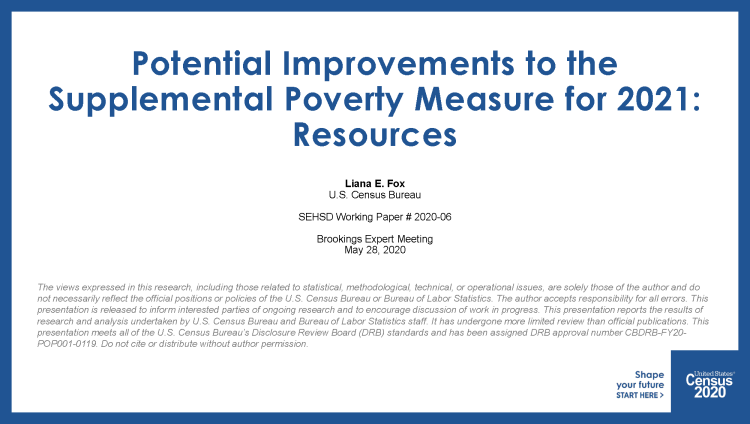Health Inclusive Poverty Measure in the United States: 2024
Health Inclusive Poverty Measure in the United States: 2024
Introduction
The U.S. Census Bureau publishes annual statistics on economic well-being using the official poverty measure and the Supplemental Poverty Measure (SPM). This working paper continues estimates of a third series, the Health Inclusive Poverty Measure (HIPM), building on previous releases over the last two years. HIPM is built on the SPM and incorporates a value of health insurance into a family’s resources and their poverty threshold. Like the SPM, the HIPM poverty rate in 2024 was not statistically different from 2023, with 14.8 percent of the population in HIPM poverty. The HIPM poverty rate was 1.9 percentage points higher than the SPM rate (12.9 percent) and 4.2 percentage points higher than official+ poverty measure (10.6 percent). Medicare and Medicaid were the second and third most impactful anti-poverty programs after Social Security, removing 21.8 million and 15.0 million people from poverty respectively. A primary factor to the difference in poverty rates across measures is that the uninsured have no health insurance resources to help offset their health insurance needs.






